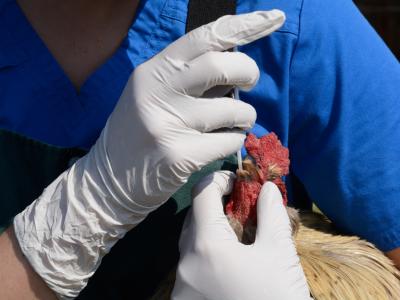European Union (EU) officials yesterday announced the launch of a 10-year, €253 million ($276 million) effort to tackle antimicrobial resistance (AMR).
Created to support the EU One Health Action Plan against AMR, the Partnership on One Health Antimicrobial Resistance (OHAMR) will involve 53 organizations from 30 countries and use a One Health approach to "connect sectors and accelerate solutions" to reduce antimicrobial use and resistance in people and animals, according to a press release from the European Commission.
The One Health concept views the health of humans, animals, and the environment as interconnected.
Planned activities of OHAMR include strengthening research capacity in participating countries, supporting access to and better use of AMR data, promoting the translation of research into practice and policy, joint transnational calls for collaborative research and innovation projects, and coordinating and aligning national and European efforts to increase impact.
"Europe is ready to lead in the global fight against antimicrobial resistance," said Ekaterina Zaherieva, European Commissioner for Startups, Research and Innovation. "This partnership embodies our commitment to step up, innovate, and protect the foundations of modern medicine."
.jpg)
.jpg)
















